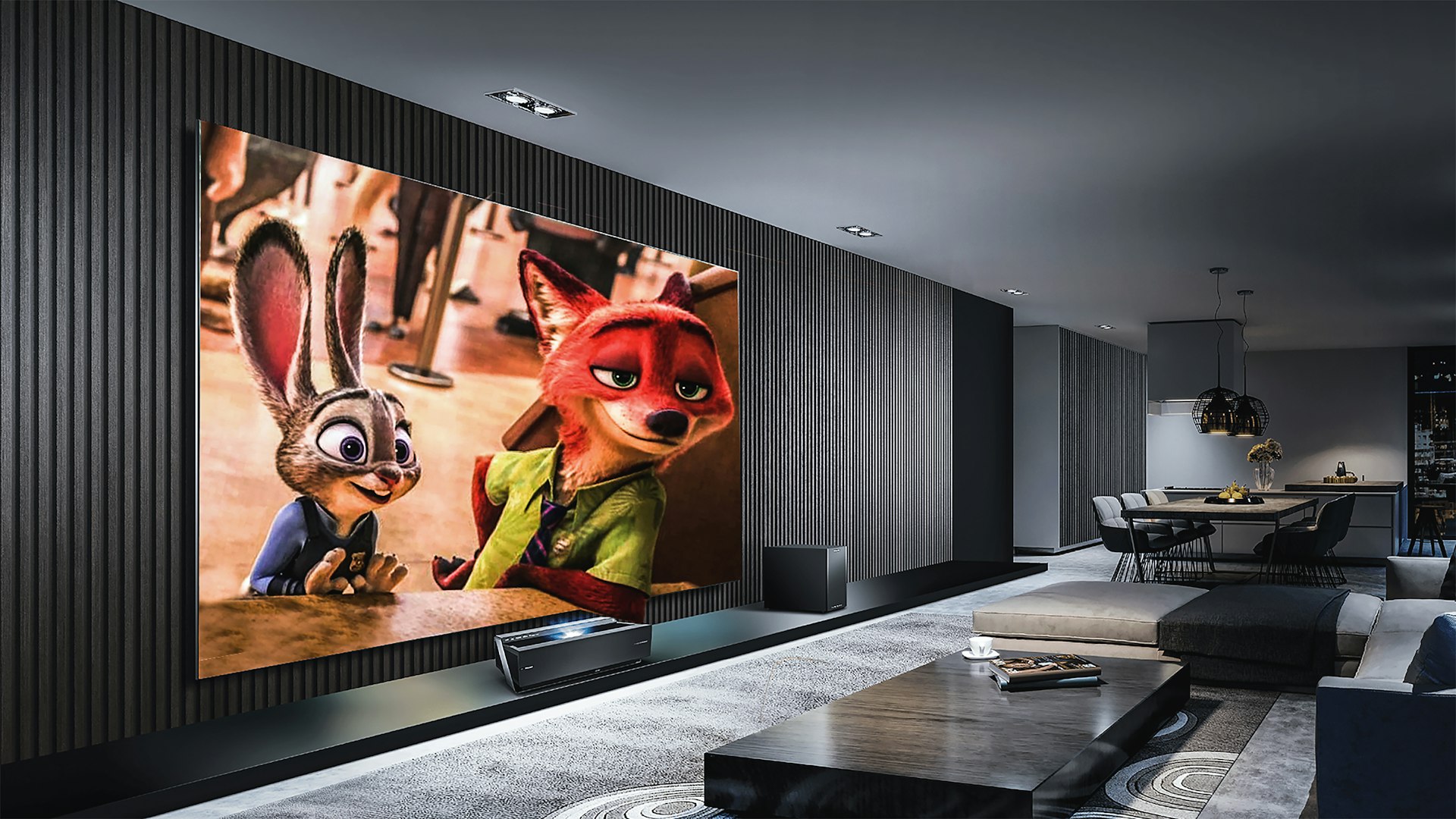The Future of Holograms: Transforming Entertainment with Immersive Experiences

Photo by Nicholas Fuentes on Unsplash
Introduction: Holograms Reshape Entertainment
Hologram technology is rapidly transforming the entertainment industry, shifting the boundaries of what audiences expect from live events, films, gaming, and interactive experiences. Once restricted to science fiction, modern holograms now enable creators to deliver immersive, three-dimensional visuals that captivate and engage viewers in unprecedented ways. This article explores the current impact, future potential, and actionable steps for accessing hologram-driven entertainment, using real-world examples and verified sources throughout.
Live Performances: Bringing Legends Back to the Stage
One of the most prominent uses of hologram technology in entertainment is the recreation of live performances by iconic artists, including those who have passed away. Examples like Tupac Shakur’s holographic appearance at Coachella and similar shows for Michael Jackson, Whitney Houston, and ABBA demonstrate how holograms give fans a chance to experience beloved musicians in a lifelike, interactive format [1] , [2] , [5] . These shows rely on advanced digital projection and holobox devices to create realistic 3D images that move and interact on stage, blending seamlessly with live performers or entirely virtual environments.
For event organizers and venues seeking to implement holographic performances, the process typically involves:
- Partnering with specialized hologram technology providers who can supply holoboxes and projection systems.
- Acquiring the digital rights and assets for the desired artist or character.
- Coordinating with technical teams for stage integration and synchronization with live elements.
While costs for large-scale holographic shows may be significant, the technology is becoming more accessible as devices and software evolve. Many entertainment technology companies now offer consultation and installation services. To explore options, consider searching for “hologram concert providers” or contacting established companies featured in industry news, such as Holoconnects or Vision3D.
Film, Television, and Visual Effects: Immersive Storytelling
Hologram technology is revolutionizing the creation of visual effects in movies and television. Filmmakers use holographic projection and advanced CGI to generate realistic characters and environments that blend seamlessly with live-action footage [1] , [3] . This method enhances storytelling by allowing directors to place actors alongside virtual avatars, fantastical creatures, or even historical figures recreated in three dimensions.
TV shows increasingly leverage holograms for interactive segments, engaging viewers through real-time holographic displays. These innovations are often powered by holoboxes and sophisticated projection software, making it possible to create moving, responsive visuals that respond to audience input.

Photo by Daria Dyachenko on Unsplash
To implement hologram technology in film or TV production, studios should:
- Consult with visual effects specialists experienced in holography and 3D projection.
- Invest in hardware such as holoboxes and compatible projection systems.
- Train creative teams on integrating digital assets with live-action footage for seamless results.
Studios and independent creators interested in accessing these technologies can research “holographic visual effects companies” and seek training resources on holographic projection for film. Industry trade shows and technology expos often showcase the latest innovations and service providers.
Gaming and Virtual Reality: Expanding Immersion
Video gaming is another area where hologram technology is driving innovation. Holographic displays and 3D projection systems allow players to experience game worlds as immersive environments, interacting with digital objects and characters as if they were physically present [2] , [4] . This goes beyond traditional flat screens, as holograms create a mid-air interface that responds to movement and gestures, enhancing the sense of presence.
Developers and gamers can access holographic experiences through:
- Purchasing holographic gaming devices from established manufacturers (search for “holographic gaming consoles” or “3D hologram projectors for gaming”).
- Exploring virtual reality platforms that integrate hologram technology.
- Participating in beta programs for new holographic games offered by leading studios.
As the technology matures, more titles and hardware options will become available. Gamers can stay informed by following updates from major gaming conventions and tech news outlets.
Remote Collaboration and Audience Engagement
Beyond entertainment itself, hologram technology is improving remote collaboration and audience engagement. Holographic telepresence systems allow artists, performers, and even business leaders to appear as 3D projections anywhere in the world, creating a sense of physical presence that standard video calls cannot match [5] . This enables concerts, interviews, and interactive events to reach global audiences in real time.
For organizations or individuals interested in utilizing holographic telepresence, practical steps include:
- Contacting companies that offer holobox and telepresence services for events and presentations.
- Arranging demonstrations to evaluate the quality and capabilities of different systems.
- Planning logistics and technical requirements for integrating holographic telepresence into existing event workflows.
These services are often available through technology partners featured in industry publications. Searching for “holographic telepresence providers” and requesting consultations will yield actionable results.
Challenges, Solutions, and Future Trends
While hologram technology holds immense promise, there are challenges to widespread adoption:
- Cost and Accessibility: High-end holographic projection systems remain expensive, but costs are declining as technology improves. Organizations can explore leasing options or shared resources to reduce expenses.
- Technical Complexity: Integrating holograms with live performance or broadcast workflows requires specialized expertise. Investing in training and partnering with experienced providers can mitigate technical barriers.
- Intellectual Property: Recreating likenesses of artists or characters may involve complex legal and licensing considerations. Always consult with rights holders and legal experts before planning holographic performances.
Looking ahead, the industry is moving towards greater realism, interactivity, and democratization of hologram technology. Advances in laser optics, computational imaging, and AI-driven animation are expected to make holograms more lifelike and accessible for creators at all levels [4] .
Accessing Hologram Technology: Step-by-Step Guidance
For entertainment professionals, event organizers, or individual creators seeking to access hologram innovations, consider these steps:
- Identify your specific use case (concerts, film effects, gaming, remote events).
- Research established technology providers, such as Holoconnects, Vision3D, and other companies highlighted in recent industry articles.
- Contact providers for demonstrations and pricing information. Many offer consultation services for project planning.
- Secure any necessary rights and licenses for digital assets or artist likenesses.
- Integrate training for technical teams to manage hardware and software during events or production.
- Monitor industry news and attend technology expos to stay updated on the latest developments and available solutions.
If you are unable to locate a verified provider through direct links, use search terms such as “hologram concert technology provider”, “holographic projection for film”, or “holographic gaming device manufacturer” on established business directories and technology news platforms. Always prioritize reputable companies and request references or case studies to confirm capabilities.
Conclusion: The Path Forward for Holograms in Entertainment
The future of holograms in the entertainment industry promises to deliver ever-more immersive, interactive, and accessible experiences for audiences worldwide. From resurrecting legendary performers to transforming gaming and visual effects, hologram technology offers a host of opportunities for creators and fans alike. By following practical steps for accessing these innovations and staying informed on emerging trends, anyone can participate in the next generation of entertainment technology.
References
- [1] Holoconnects (2024). Exploring the Impact of Holograms in Entertainment.
- [2] Vision3D (2024). Hologram Technology Changing Entertainment and Design.
- [3] Vision3D (2024). The Future of Entertainment: Hologram Performances.
- [4] Vocal.Media (2024). The Future of Entertainment: Hologram Display Technology Explained.
- [5] Ravatar (2024). Hologram Technology in Business: Trends and Applications.



